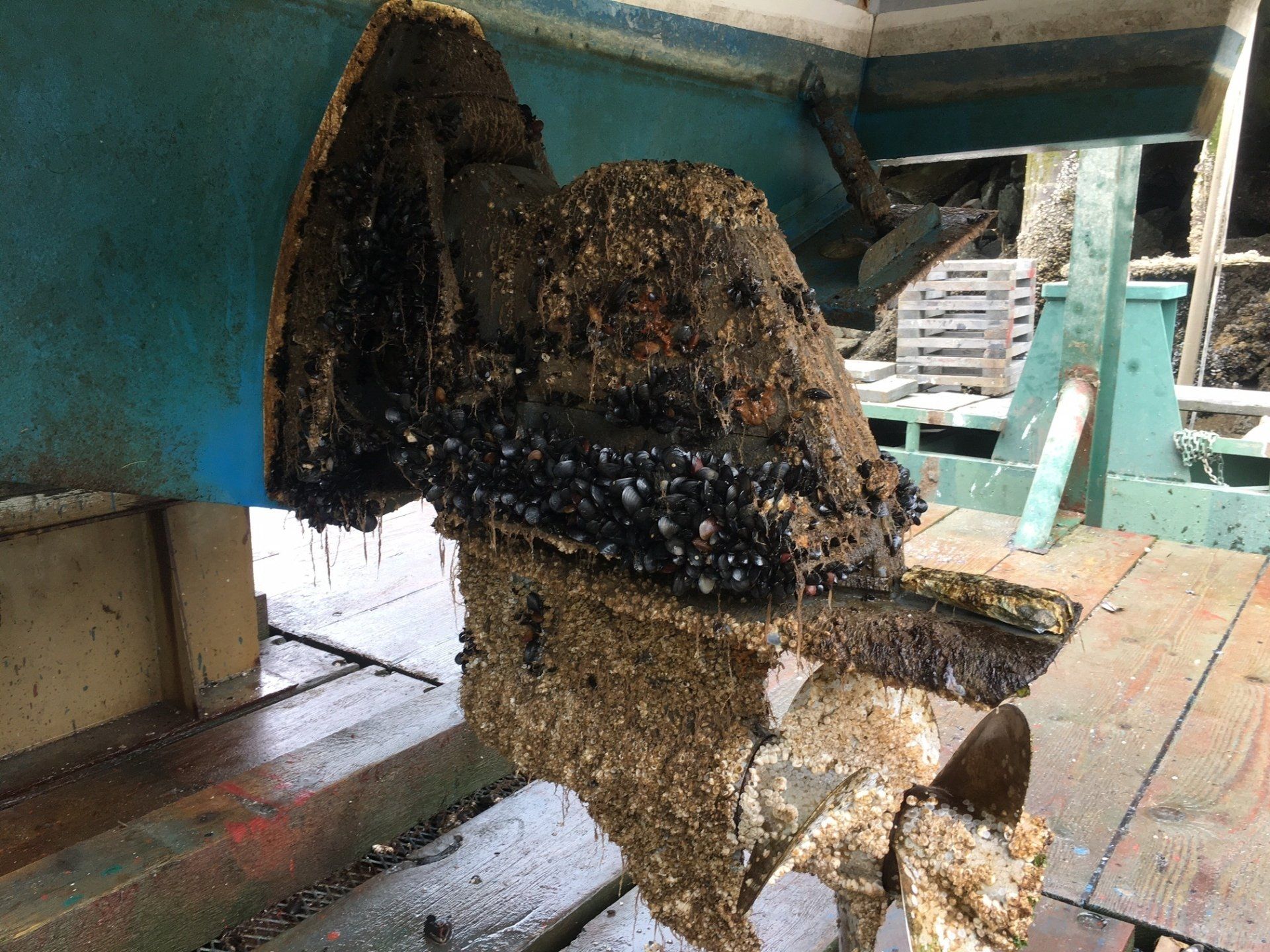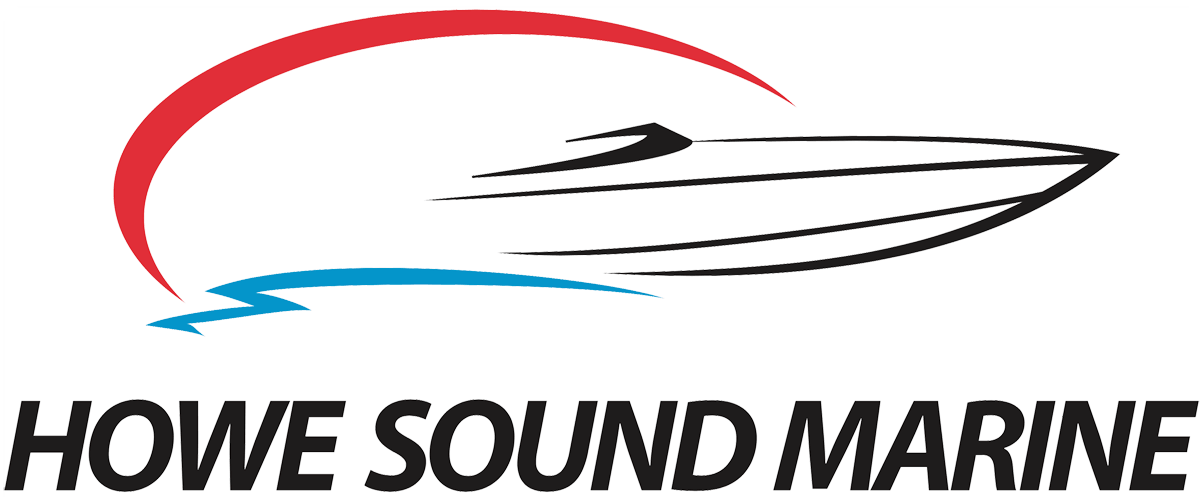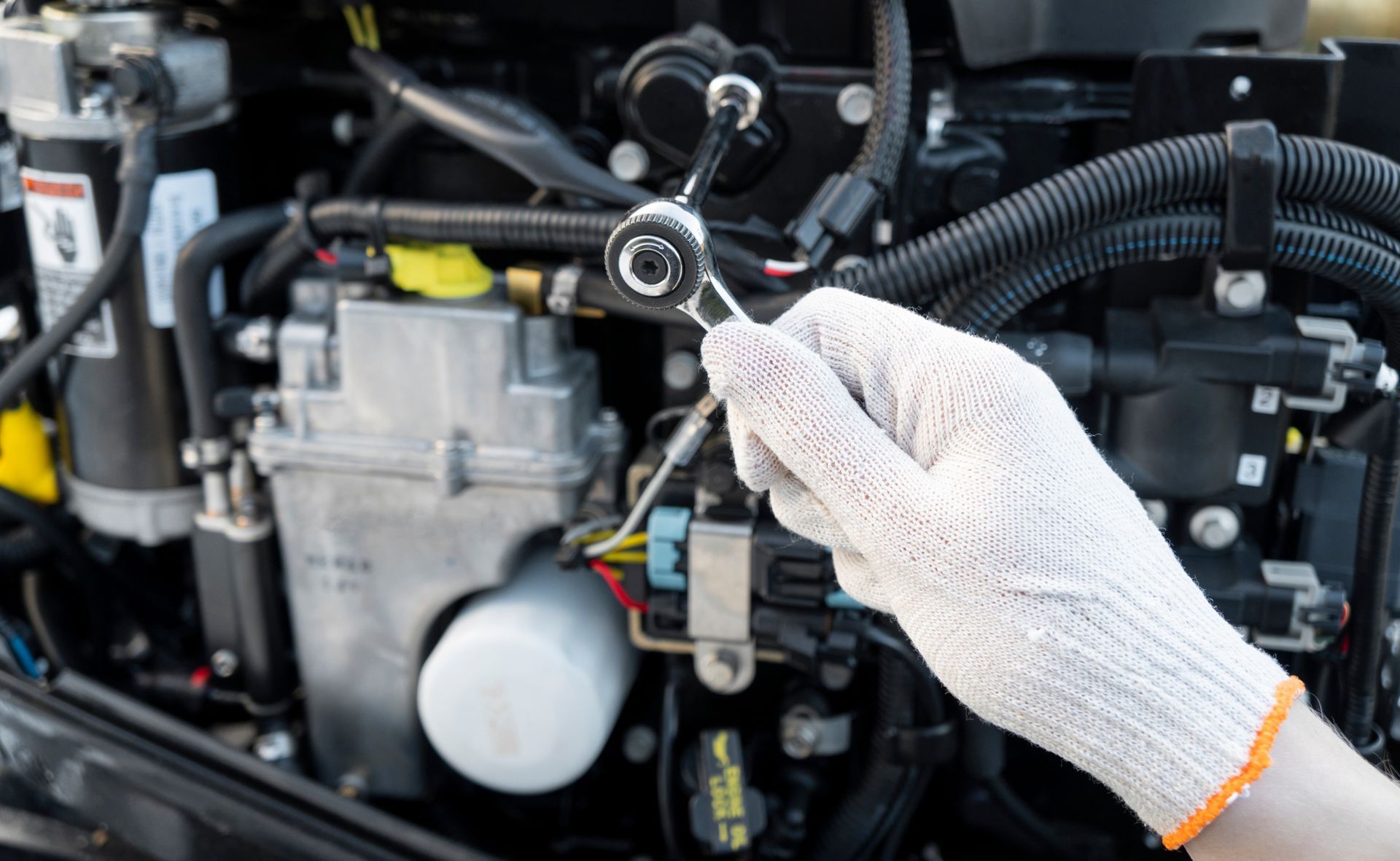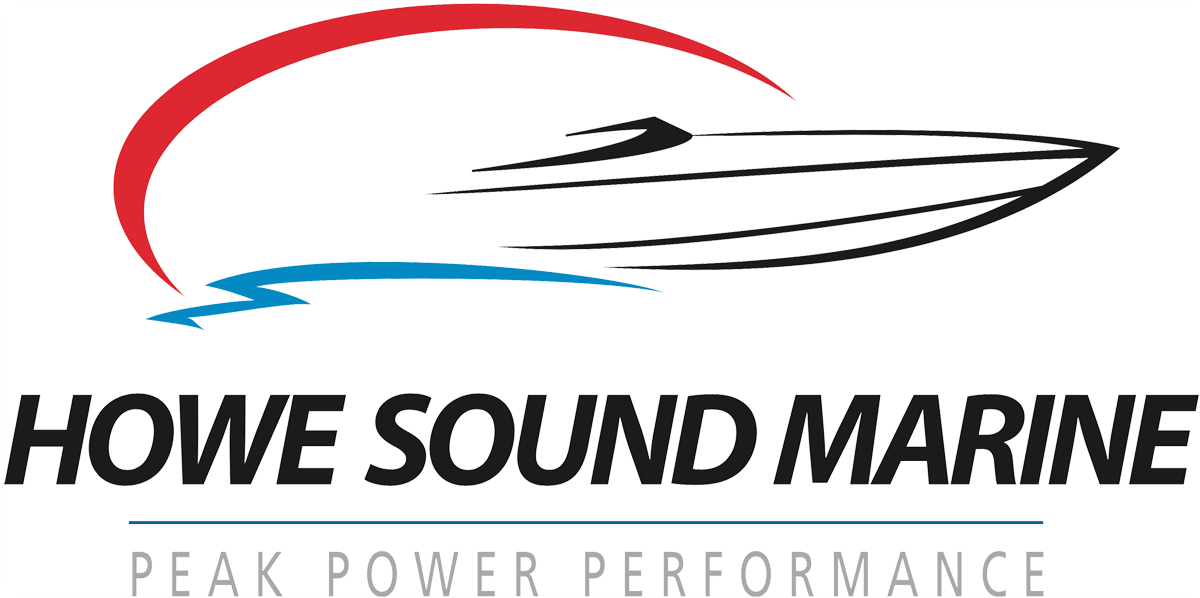Spring Engine Tune-Up
Spring is the time when boaters should make sure their boat engine is ready for the year's boating adventures, whether it’s going after the big one that got away last year, wakeboarding, tubing or simply sitting on the swim grid and soaking your toes in the water.
Having your engine and drive system inspected and serviced by a certified marine technician is the way to go for a trouble-free boating season. Remember, marine engines work a lot harder than the engines in our cars and trucks. As a reference, cars and truck engines run between 1200 to 1500 R.P.M., while a marine engine operates between 3000 to 3500 R.P.M. when on plane, unless you have a displacement hull with a diesel engine which would operate around 2000 to 2400 R.PM.
An annual inspection should cover all the operating systems of the engine, such as:
- Inspecting and relacing any components of the ignition system
- Replacing the fuel filters
- Replacing sacrificial anodes that are worn by more than 50%
- Checking all belts for wear and adjusting or replacing as required
- Changing engine oil and filter, as well as the stern drive or gear housing oil
- Inspecting the freshwater cooling system
- Inspecting all hoses and clamps for wear and corrosion
- Inspecting the raw water pump for leaks and replacing the impeller if required
- Charging and load testing the batteries
- Cleaning the flame arrestor or air filter
The above is a basic overview of the service required for a tune-up, though the checklist will vary according to the engine manufacturer. There will also be differences for gas, diesel, and outboard engines.
We always recommend doing a sea trial to test the operation of the engine under load to ensure all systems are working properly.
Having this service done will go a long way ensure a safe and enjoyable boating season.
Give us a call us today for more information at (604) 921-7124. We’d be happy to talk with you.



